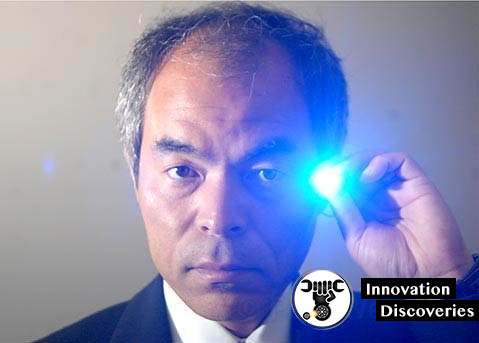
Why was blue so important? LEDs with longer-wavelength colors had been developed long before.
In the mid-1950s, experiments were made on semiconductor alloys such as gallium arsenide to produce infrared emissions; the early 1960s saw researchers at Texas Instruments combining a tunnel diode with a GaAs substrate to arrive at the first practical LED. These infrared LEDs were used for remote controls, and visible-light red LEDs, developed soon afterward, were used in early electronic calculators.
The short-wavelength, high-intensity potential of blue LED would eventually be used to produce more light and to transmit more information — think Blu-ray players, optical fiber networking and the bright screens in modern tablets and cellphones.

Nakamura’s work on blue LEDs in the early 1990s was based on a gallium nitride growth process; Akasaki and Amano demonstrated p-type doping on GaN and developed a deposition process for sapphire substrates. An engineering professor at Boston University, Theodore Moustakas, also patented a technique for producing high-brightness blue LEDs around this same time.
His work was later acknowledged by a U.S. court that ordered three companies using the technology to pay licensing fees to Moustakas for patent infringement.
White LEDs were subsequently developed; these combined blue LEDs with fluorescent light produced by doped phosphors. Although the first such devices were costly and inefficient, further research has led to their viability as an energy-conscious replacement for incandescent lighting.
National LED Light Day was founded in 2016 by lighting solutions provider Bridgelux.

